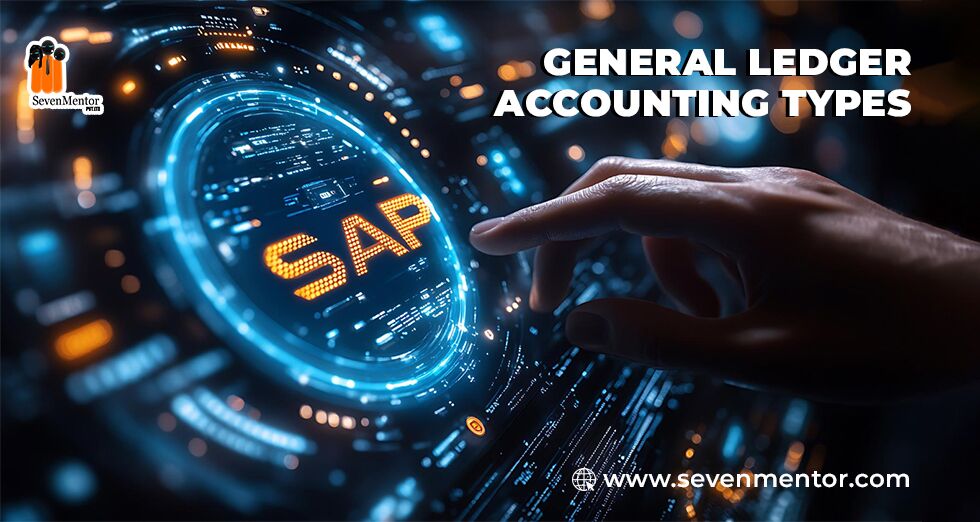General Ledger Accounting Types
In accounting, a General Ledger (G/L) account is used to classify and record financial transactions. Learn about General Ledger Accounting Types, including assets, liabilities, equity, revenue, and expenses, to manage financial records accurately and efficiently. There are several types of G/L accounts, typically classified into the following main categories:
-
Asset Accounts
-
- Current Assets: Assets expected to be converted into cash or used up within one year (e.g., Cash, Accounts Receivable, Inventory).
- Non-Current Assets: Long-term assets that will provide value over a period longer than one year (e.g., Property, Equipment, Intangible Assets).
-
Liability Accounts
-
- Current Liabilities: Obligations due within one year (e.g., Accounts Payable, Short-Term Loans, Accrued Expenses).
- Non-Current Liabilities: Long-term obligations (e.g., Long-Term Debt, Bonds Payable).
-
Equity Accounts
-
- Owner’s Equity: Represents the owner’s interest in the company (e.g., Common Stock, Retained Earnings, Additional Paid-in Capital).
-
Revenue (Income) Accounts
-
- Accounts that track earnings from core business operations (e.g., Sales Revenue, Service Revenue, Interest Income).
-
Expense Accounts
-
- Accounts are used to record costs incurred to generate revenue (e.g., Cost of Goods Sold, Rent Expense, Salaries and Wages Expense, and Utilities Expense).
-
Contra Accounts
-
- Accounts that offset the balances of related accounts are often used to reflect reductions (e.g., Accumulated Depreciation, Allowance for Doubtful Accounts).
-
Other Income and Expense Accounts
-
- Other Income: Income not related to primary business activities (e.g., Gains from the sale of assets).
- Other Expenses: Costs unrelated to regular business operations (e.g., Losses on asset sales).
Each type of G/L account plays a crucial role in preparing accurate financial statements like the balance sheet and income statement.
General Ledger Accounting Centrally refers to a centralized system or process where the general ledger (G/L) is maintained and managed in a single, unified manner across an organization, rather than having separate ledgers for each department or business unit.
In this centralized approach, all financial transactions from various business functions (sales, purchasing, inventory, payroll, etc.) are recorded into one central General Ledger, ensuring consistency and accuracy in the company’s financial reporting. This helps in:
- Consistency and Accuracy: By maintaining a single G/L, eliminates discrepancies and ensures that all financial data is accurate and aligned across the organization.
- Efficiency: Centralizing G/L accounting streamlines processes and allows for easier management and reconciliation of financial data, reducing complexity and administrative overhead.
- Standardization: It ensures that accounting rules, standards, and processes are consistently applied across all business units or departments.
- Improved Reporting and Control: Financial reports can be generated more easily, and management has a better overview of the organization’s overall financial position, enhancing decision-making and control.
In an integrated enterprise resource planning (ERP) system like SAP, Oracle, or others, centralized G/L means that all financial transactions across various modules (such as Accounts Payable, Accounts Receivable, Inventory, etc.) are posted directly to the central G/L system, ensuring real-time and accurate financial data. This also simplifies the audit process and ensures compliance with accounting regulations.
Do visit our channel to know more: Click Here
Author:-
SOURABH SENGUPTA
Call the Trainer and Book your free demo Class for SAP now!!!
© Copyright 2021 | SevenMentor Pvt Ltd

